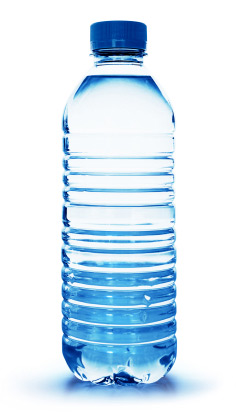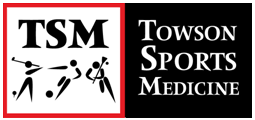 Pre-Exercise Hydration
Pre-Exercise Hydration
Strategies
- 500-600 ml (17-20 fl oz) of water or a sports drink should be consumed 2-3 hours prior to activity.
- 200-300 ml (7-10 fl oz) of water or a sports drink should be consumed 10-20 minutes prior to activity.
- Individuals should begin all physical activity properly hydrated to help prevent dehydration from occurring.
Exercise Hydration Strategies
- 200-300 ml (7-10 fl oz) of water should be consumed every 10-20 minutes during activity in order to try to maintain hydration levels.
- Individuals participating in activities with frequent breaks, such as baseball, football, softball, and track & field, should consume small volumes of fluid at regular intervals. Amount of fluid intake and frequency of intake should be based on their rate of sweating and environmental conditions.
- Individuals participating in activities where breaks only occur during time-outs or between quarters, like distance running, field hockey, lacrosse, and soccer, should ingest enough fluids to maximize hydration.
Post-Exercise Hydration Strategies
- The primary goal of rehydrating after activity is to immediately return physiologic function.
- Rehydration fluids should be consumed within 2 hours after activity.
- Rehydration fluids should consist of water, carbohydrates & electrolytes in order to restore hydration status, restore glycogen stores & speed up the rehydration process, respectively.
General Hydration Guidelines
- Fluids with a temperature of 10-15 degrees C (50-59 degrees F) are recommended for rehydration.
- Fluids containing 6-8% of carbohydrates will be beneficial, however, fluids with more than 8% carbohydrates, such as fruit juices, sodas and some sports drinks, should be avoided.
- Additionally, fluids containing fructose, caffeine, and carbonation should also be avoided.
>>Click for our TSM Hydration Chart (193 kb)
Signs & Symptoms of Dehydration
- Thirst
- Irritability
- General discomfort
- Headache
- Weakness
- Dizziness
- Cramps
- Chills
- Vomiting
- Nausea
- Head or neck heat sensations
- Decreased performance
Treatment of Dehydrated Individuals
- An individual who is dehydrated, conscious, and cognizant can be treated with aggressive oral rehydration.
- Immediate treatment is important to help prevent the occurrence of a heat illness.
If an athlete is not properly hydrated before and during activity or does not properly rehydrate after activity, it can lead to one of the three following types of heat illness:
Heat Cramps
Signs and symptoms include muscle twitching, cramps in arms, legs and abdomen. Treatment of heat cramps should consist of an increase in fluid intake, passive stretching, and rest in a cool place.
Heat Exhaustion
Profuse sweating, excessive thirst, weakness, dizziness, headache, and skin that is gray, ashy, cold and/or clammy are signs and symptoms that may arise. Treatment includes an increase in fluid and salt to the diet and rest in a cool place. In addition, IV fluids may be necessary. Activity should be discontinued until the situation is under control.
Heat Stroke: THIS IS A MEDICAL EMERGENCY
Signs and symptoms include skin that will be hot and dry, irritability, disorientation, glassy eyes, rapid pulse, and a decrease in blood pressure. Treatment should involve decreasing body temperature by ice or ice towels and transportation to an Emergency Room immediately.


